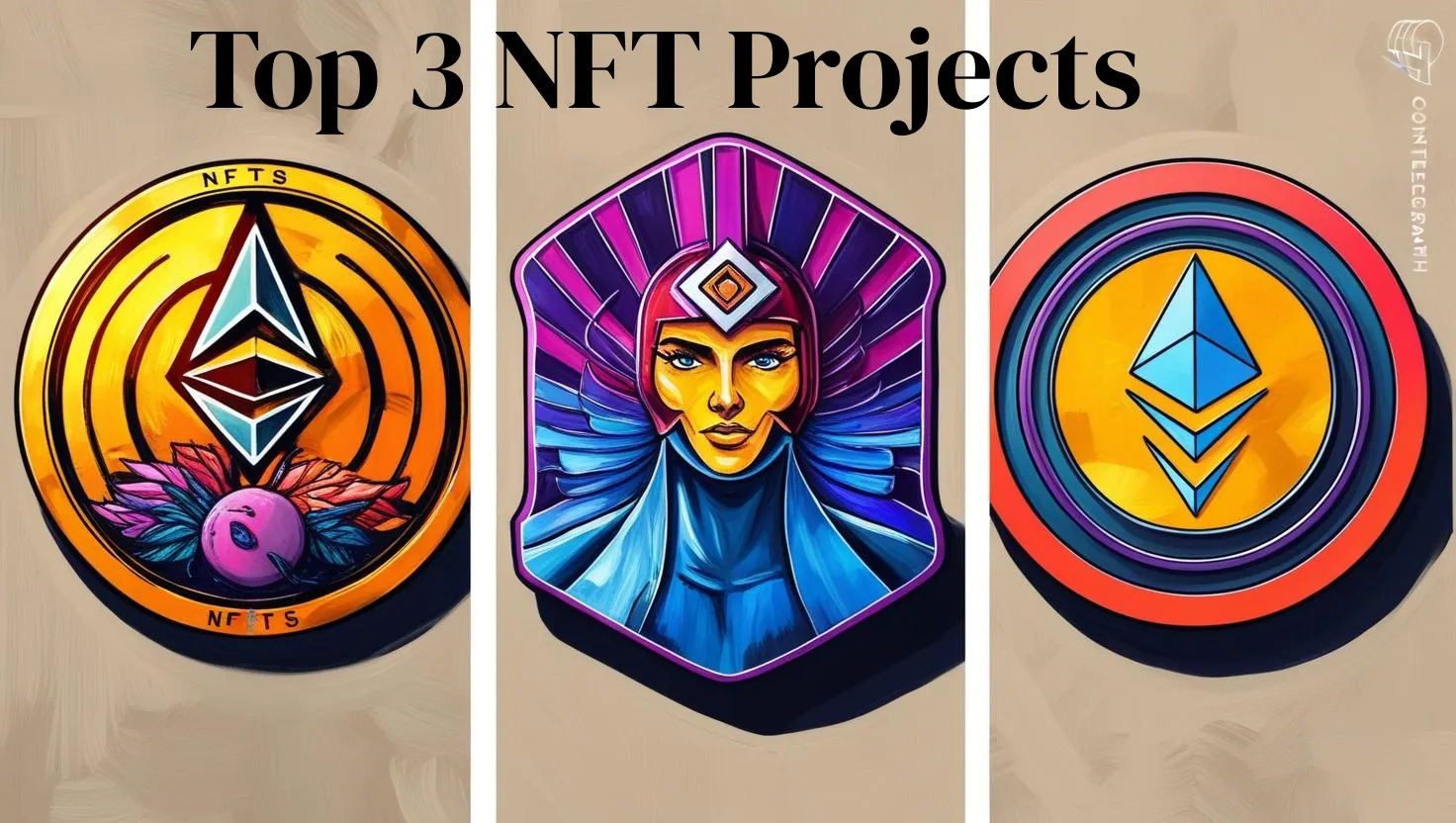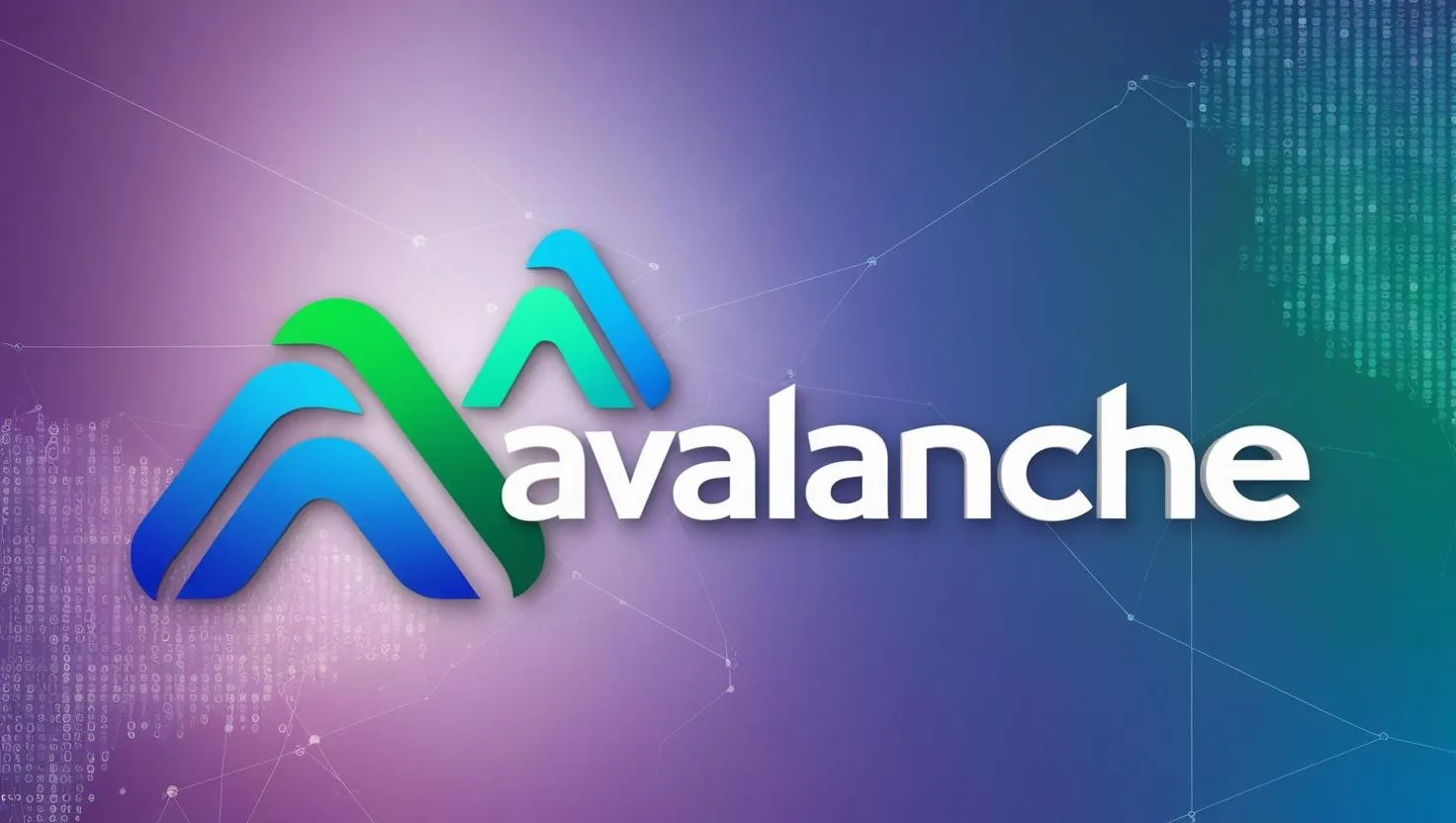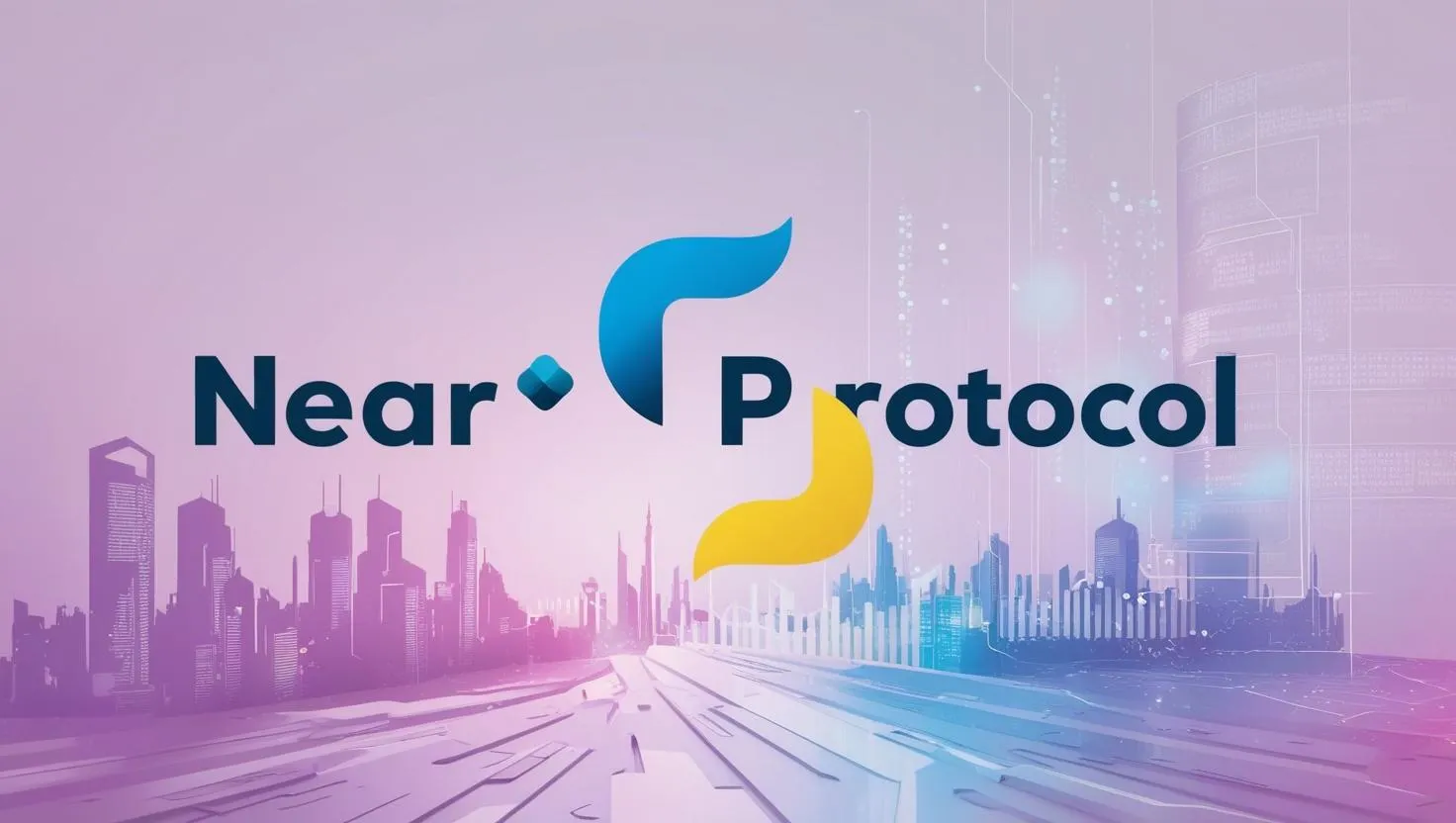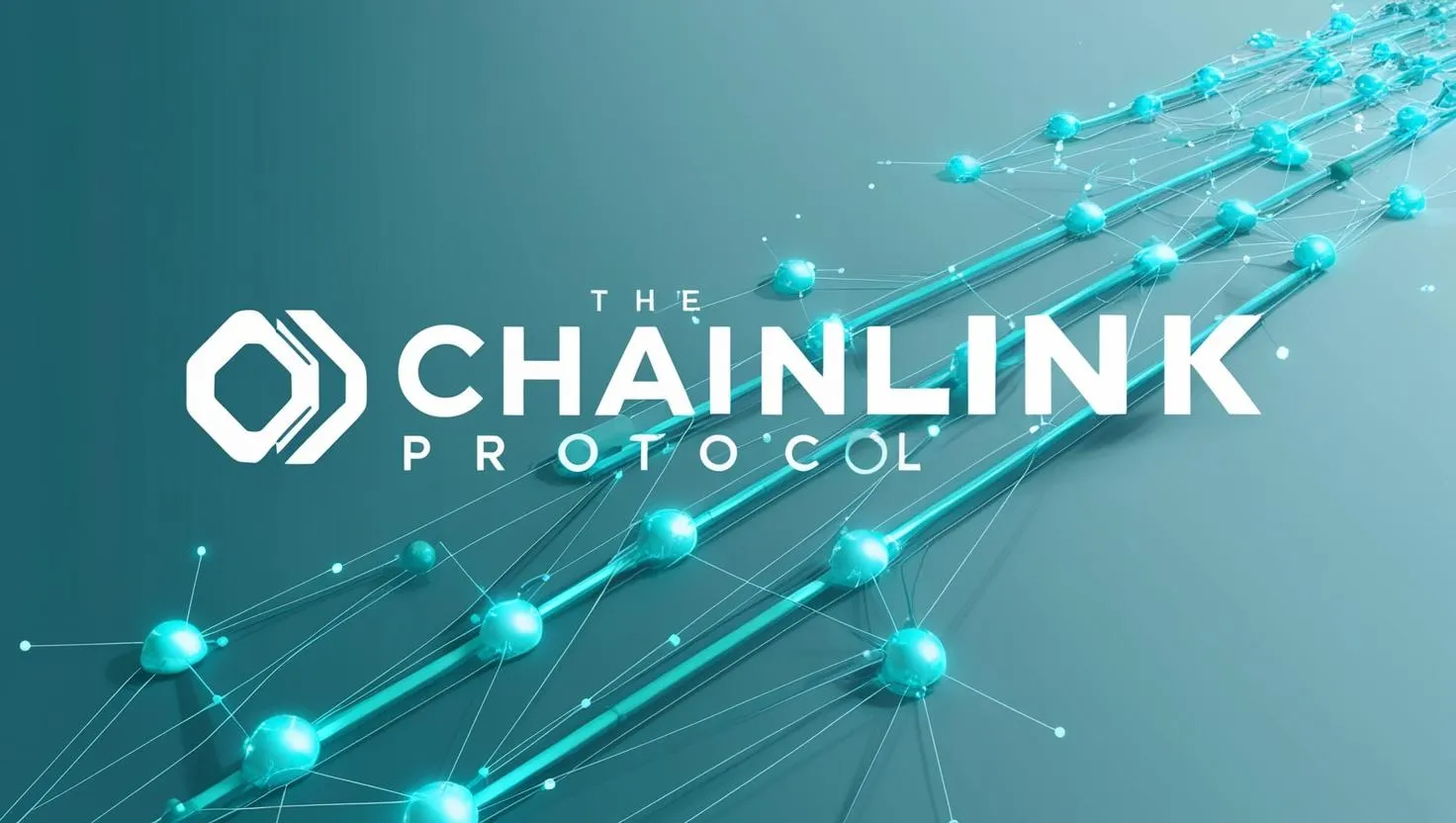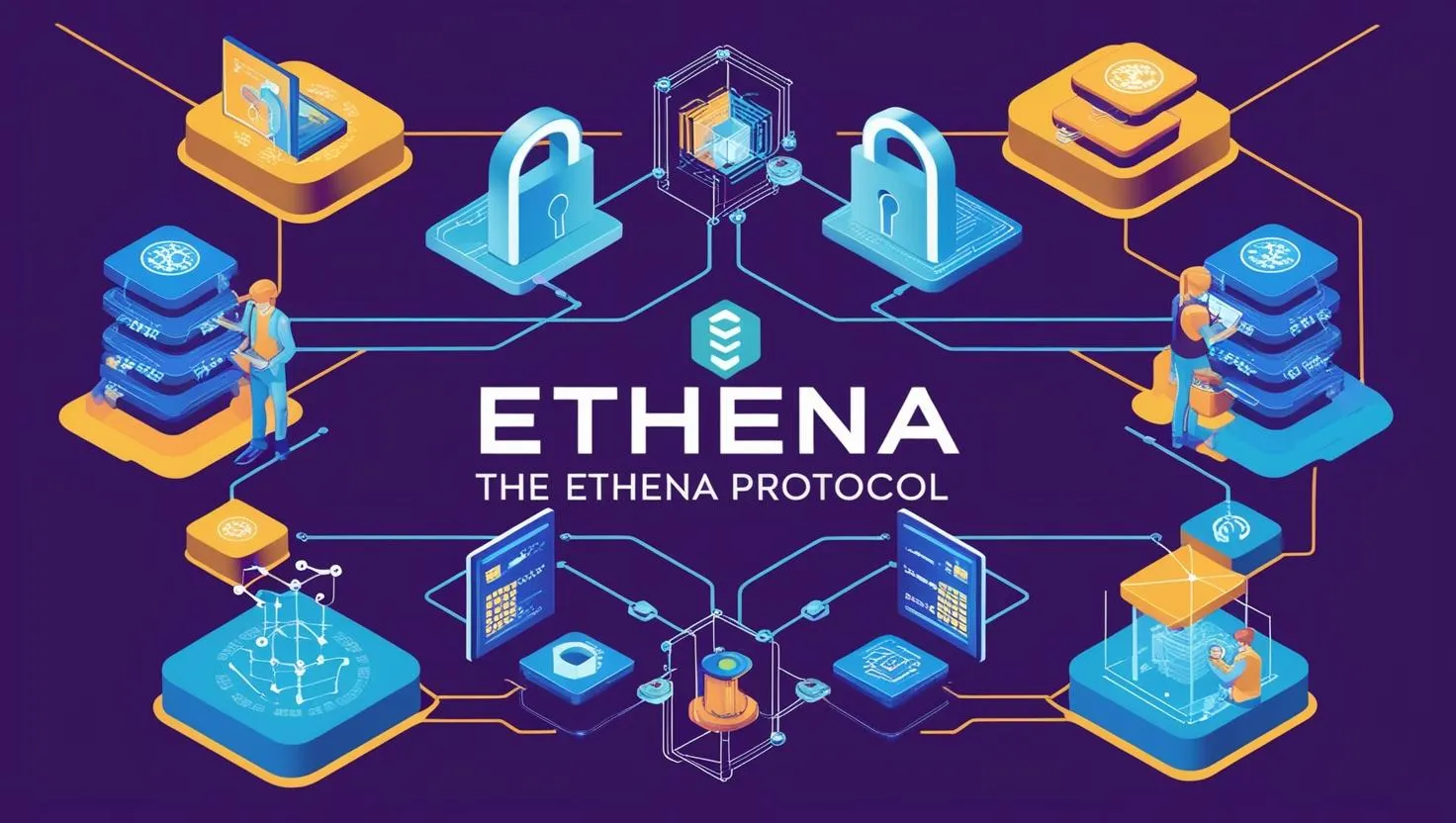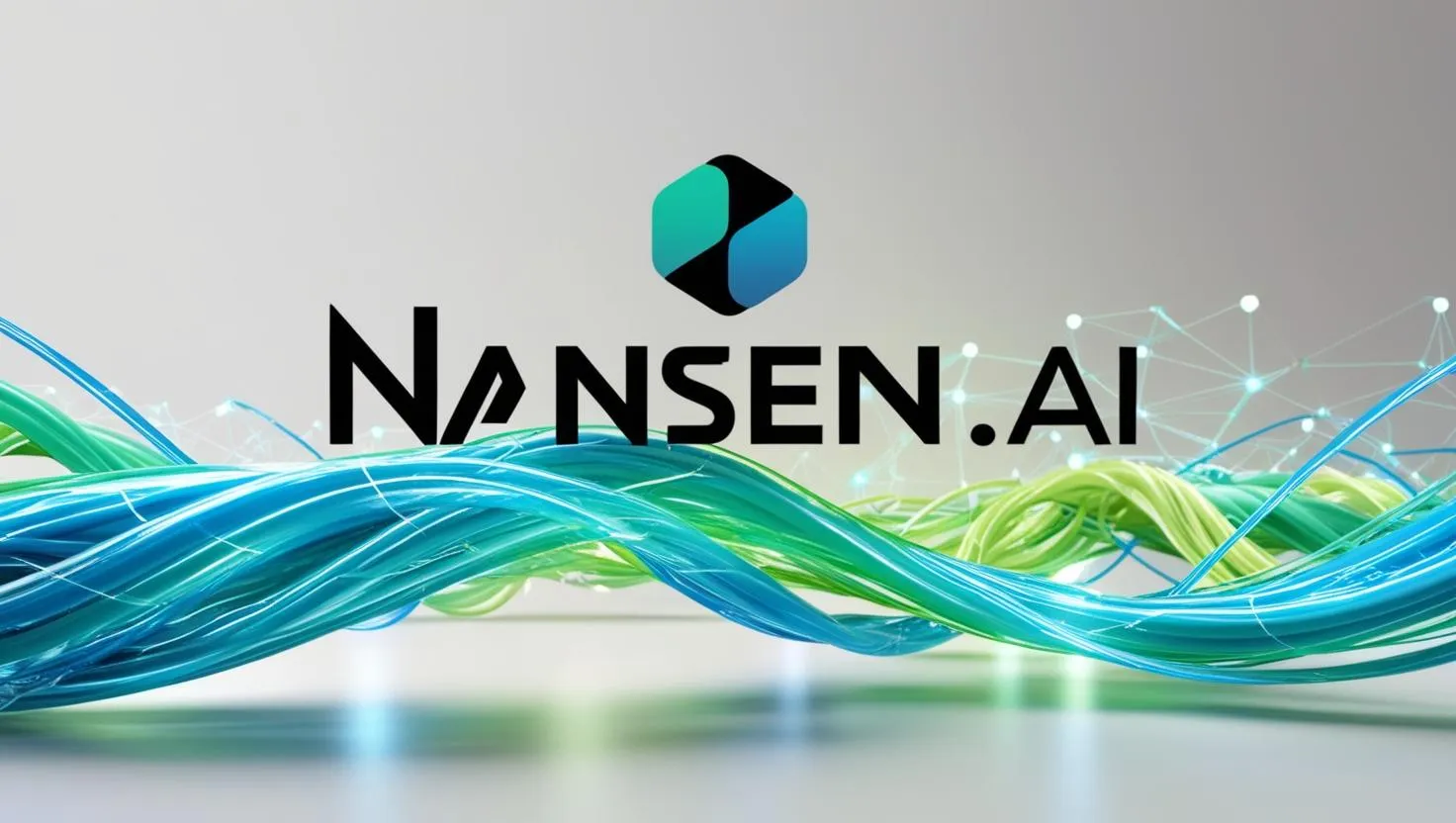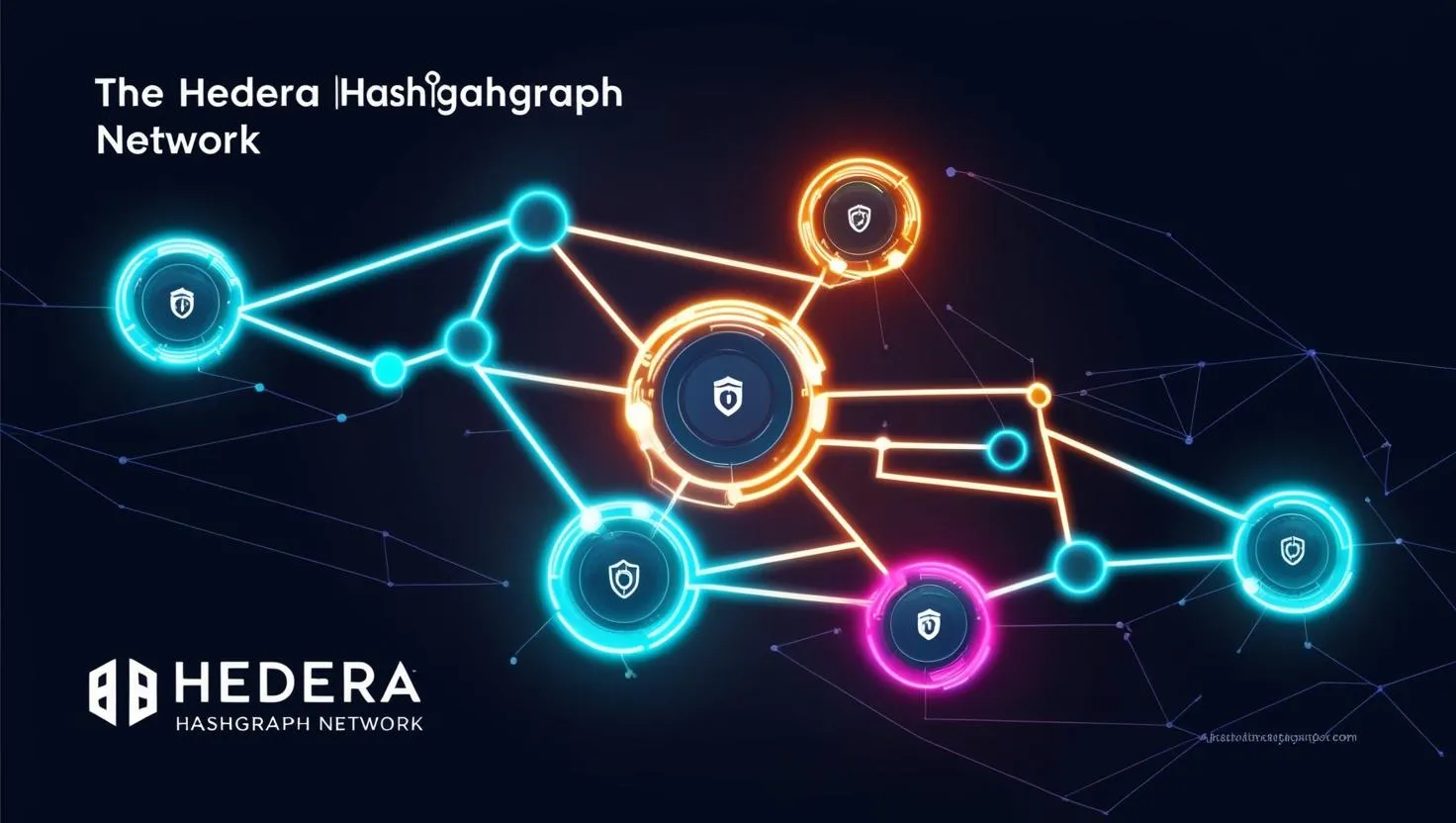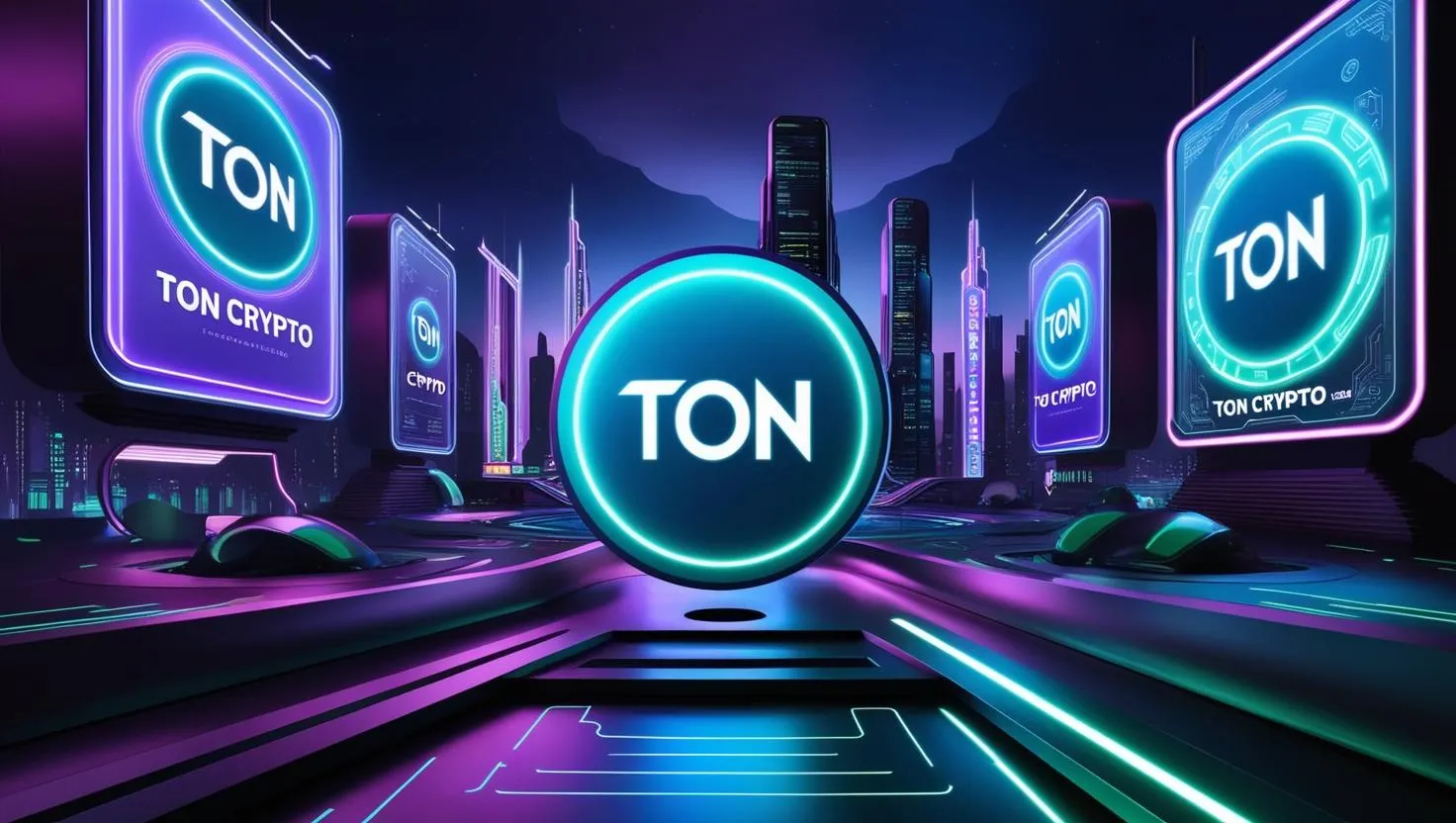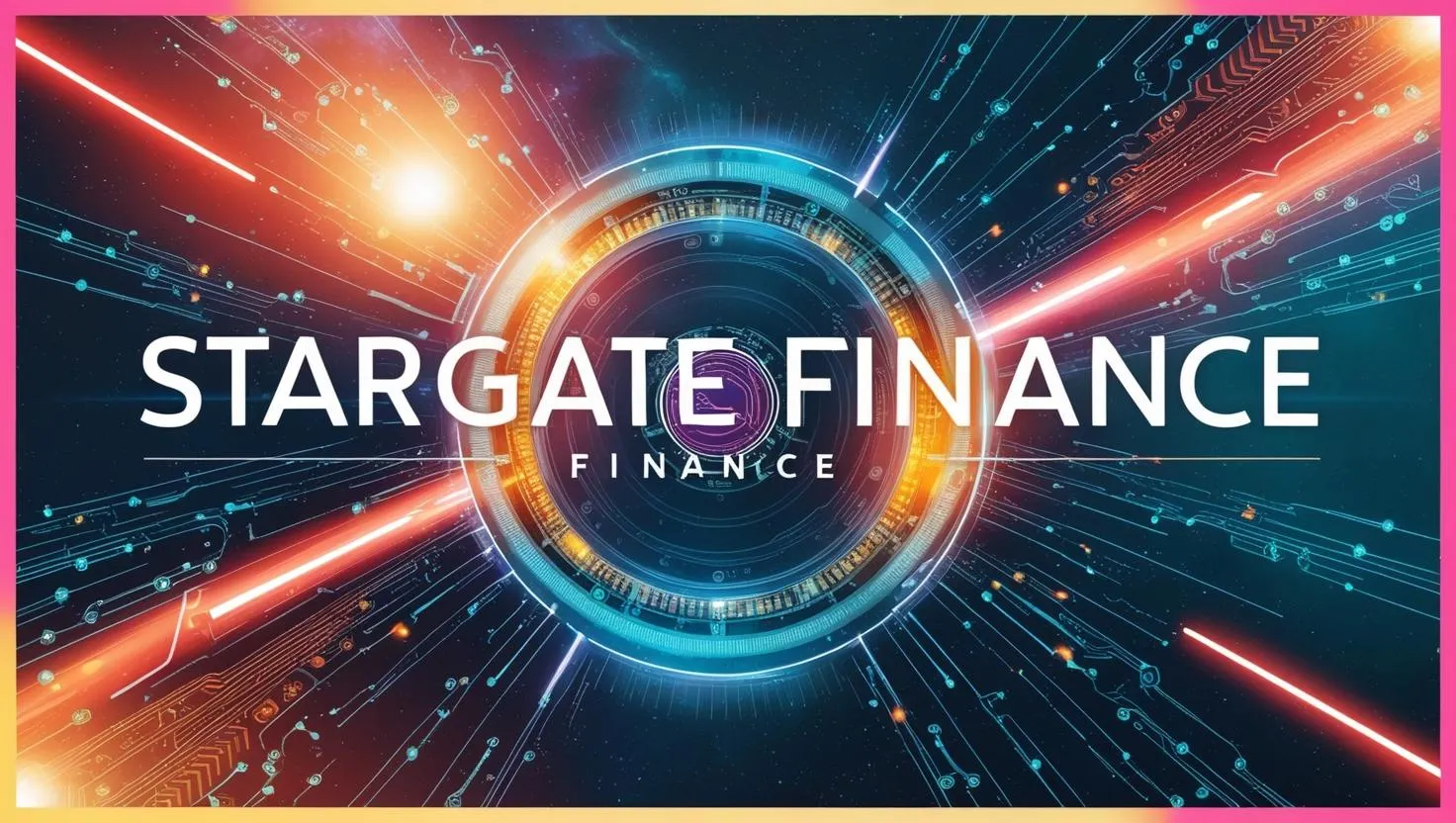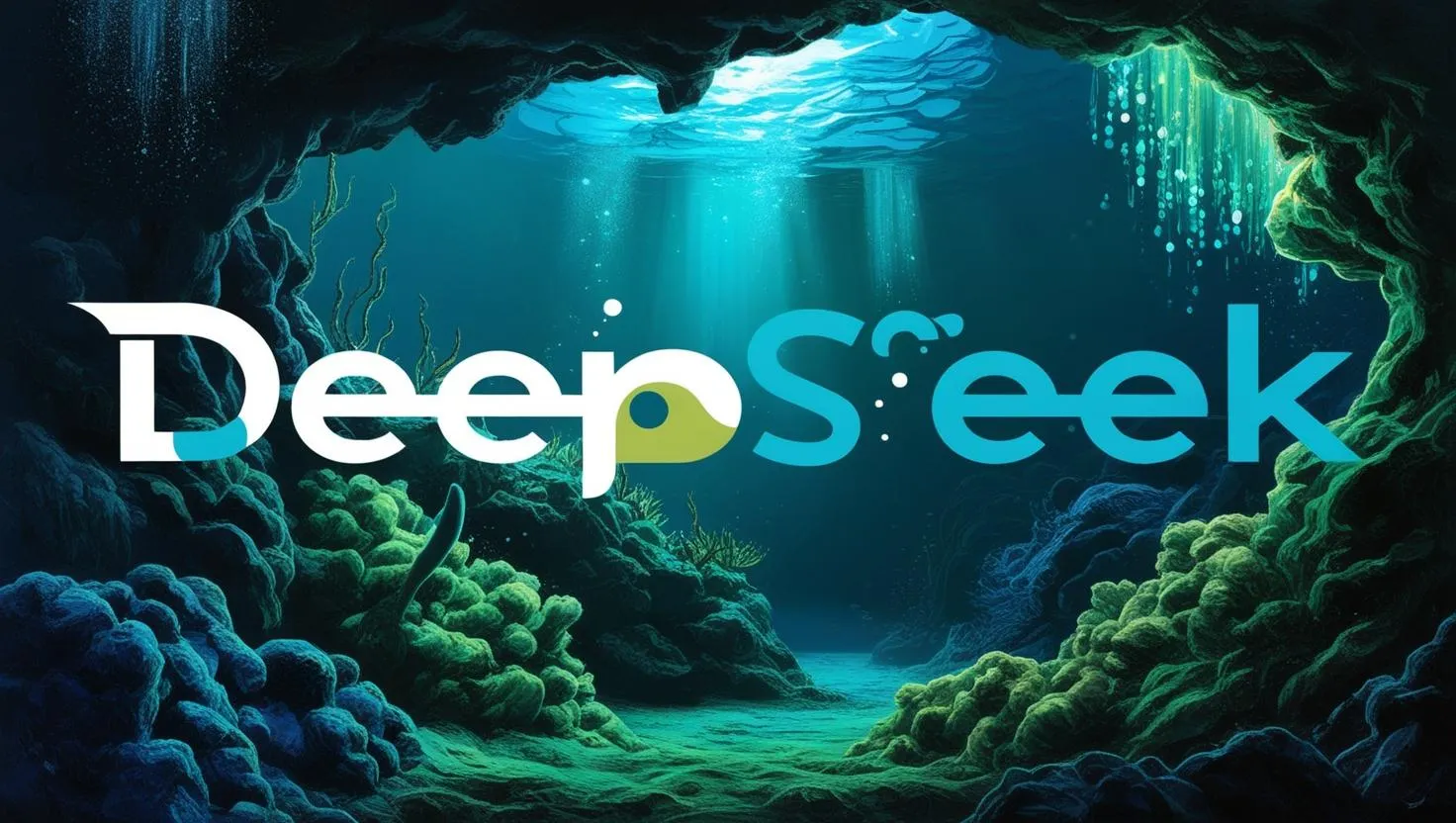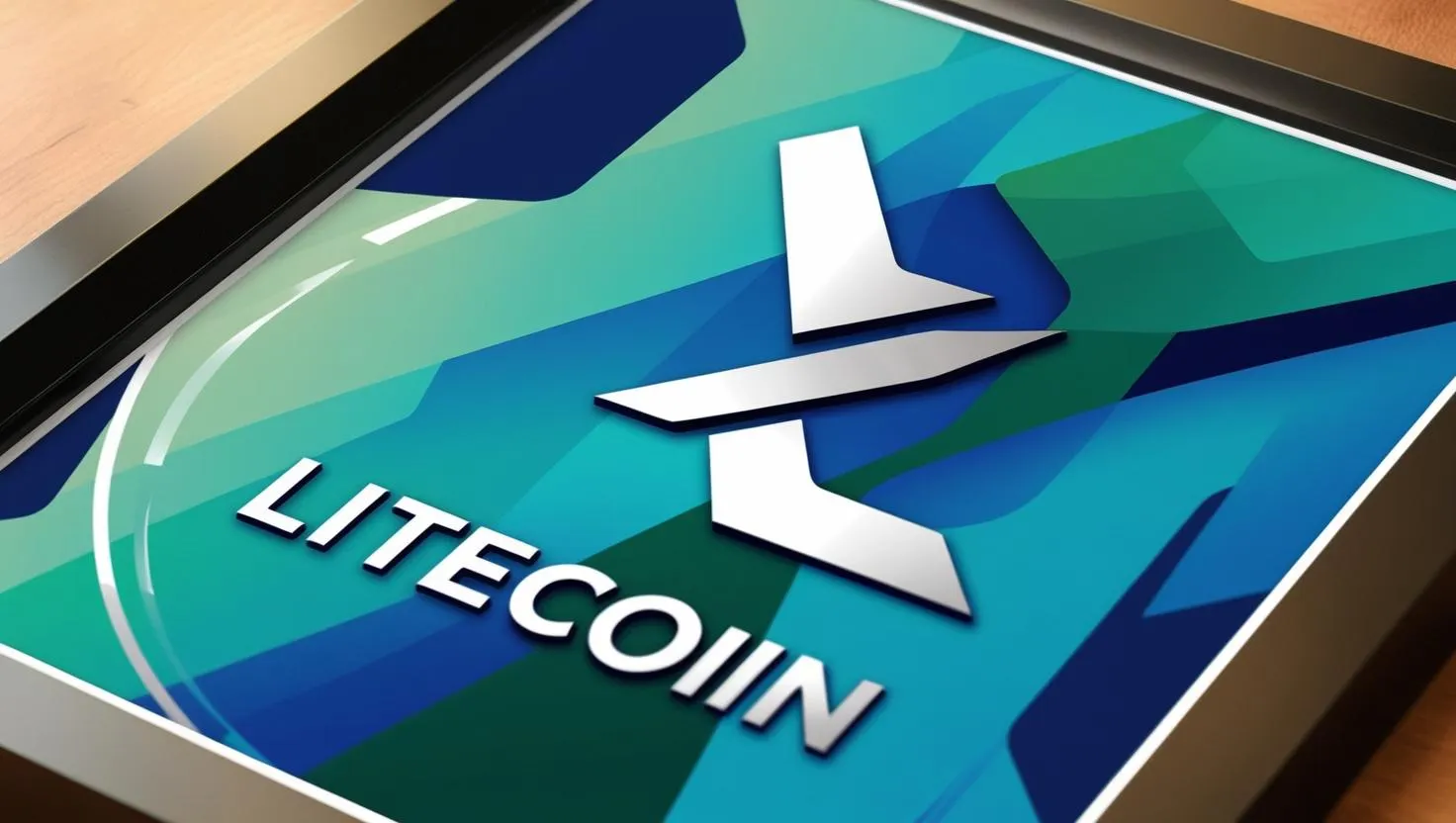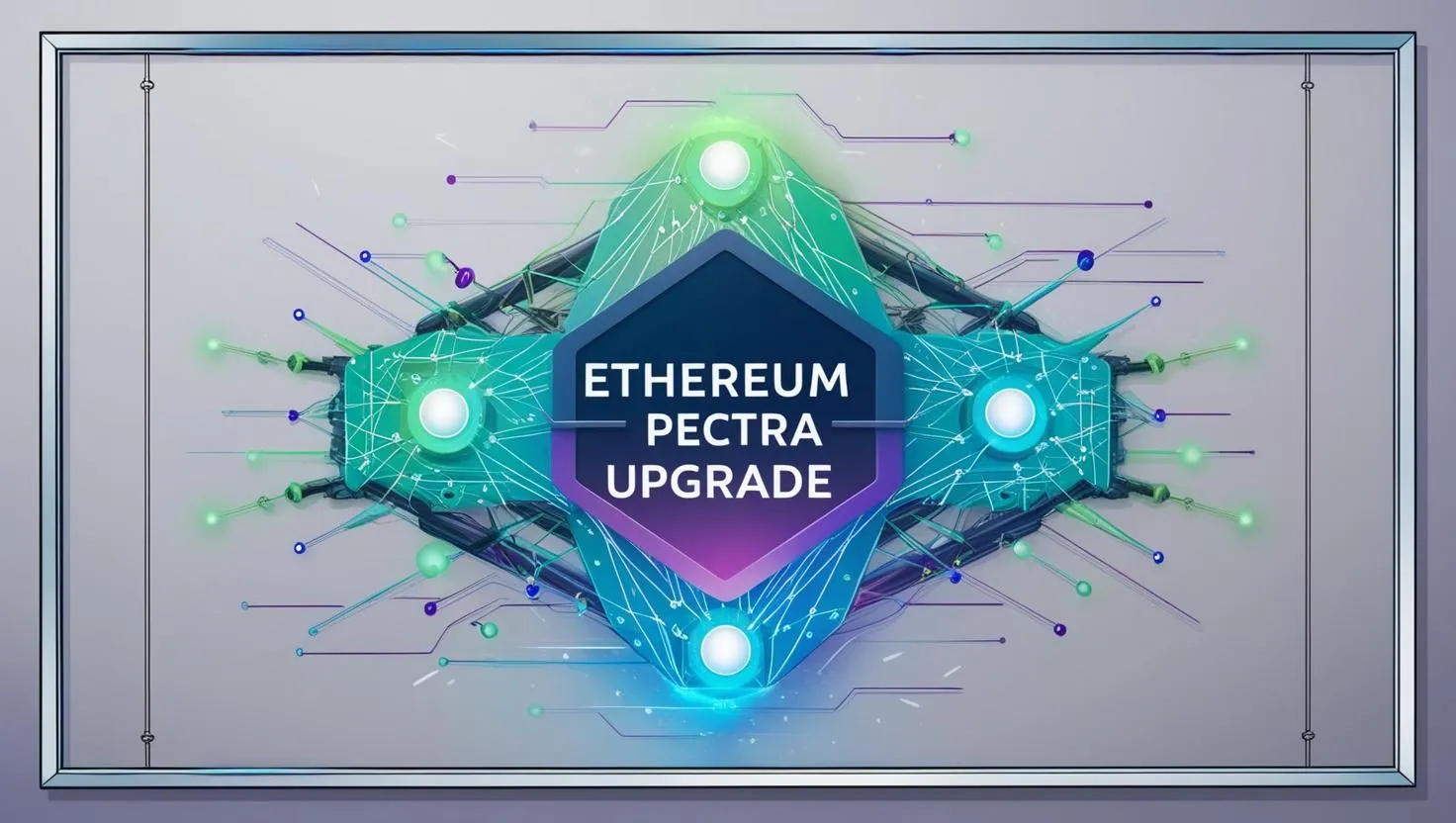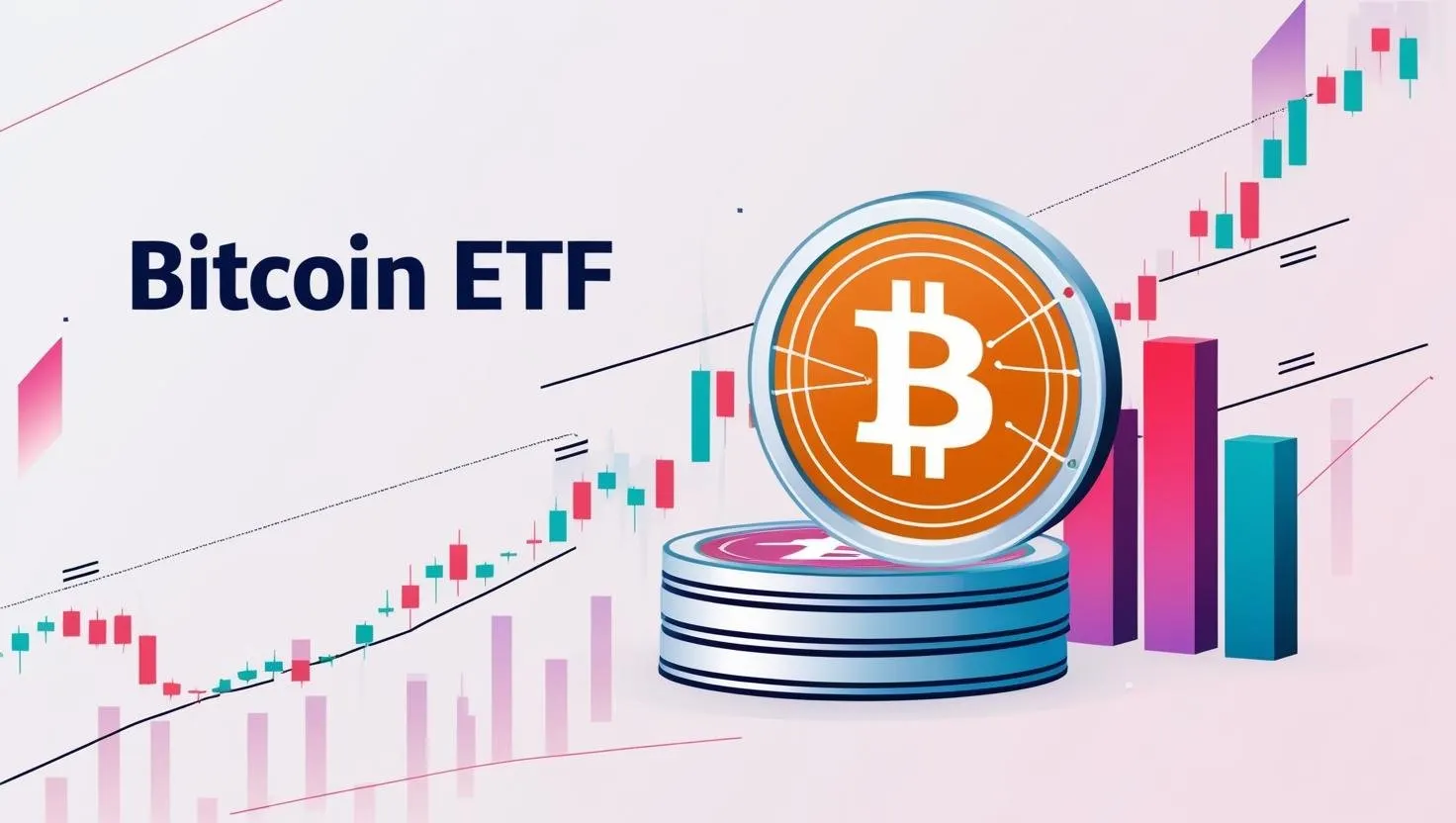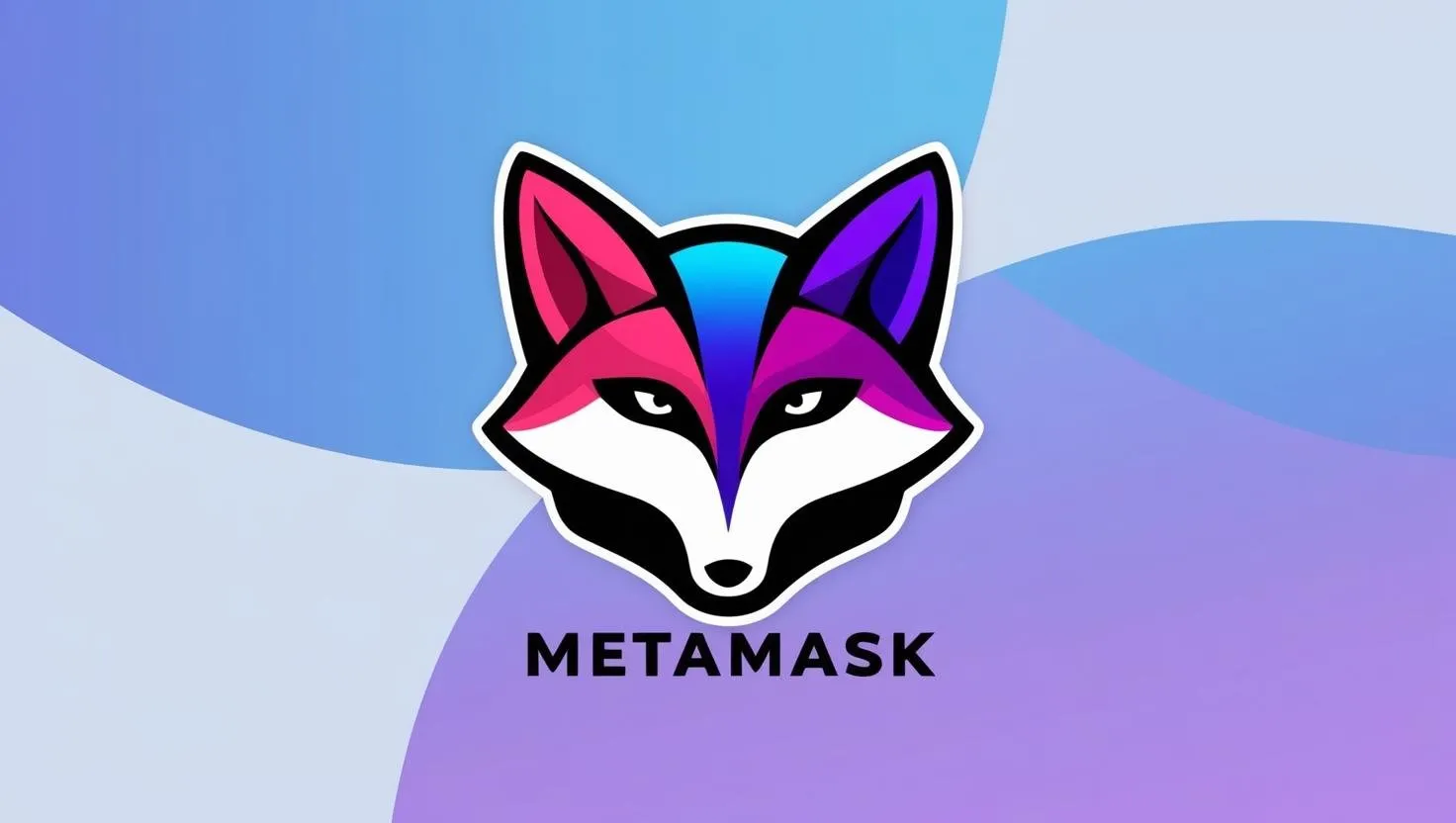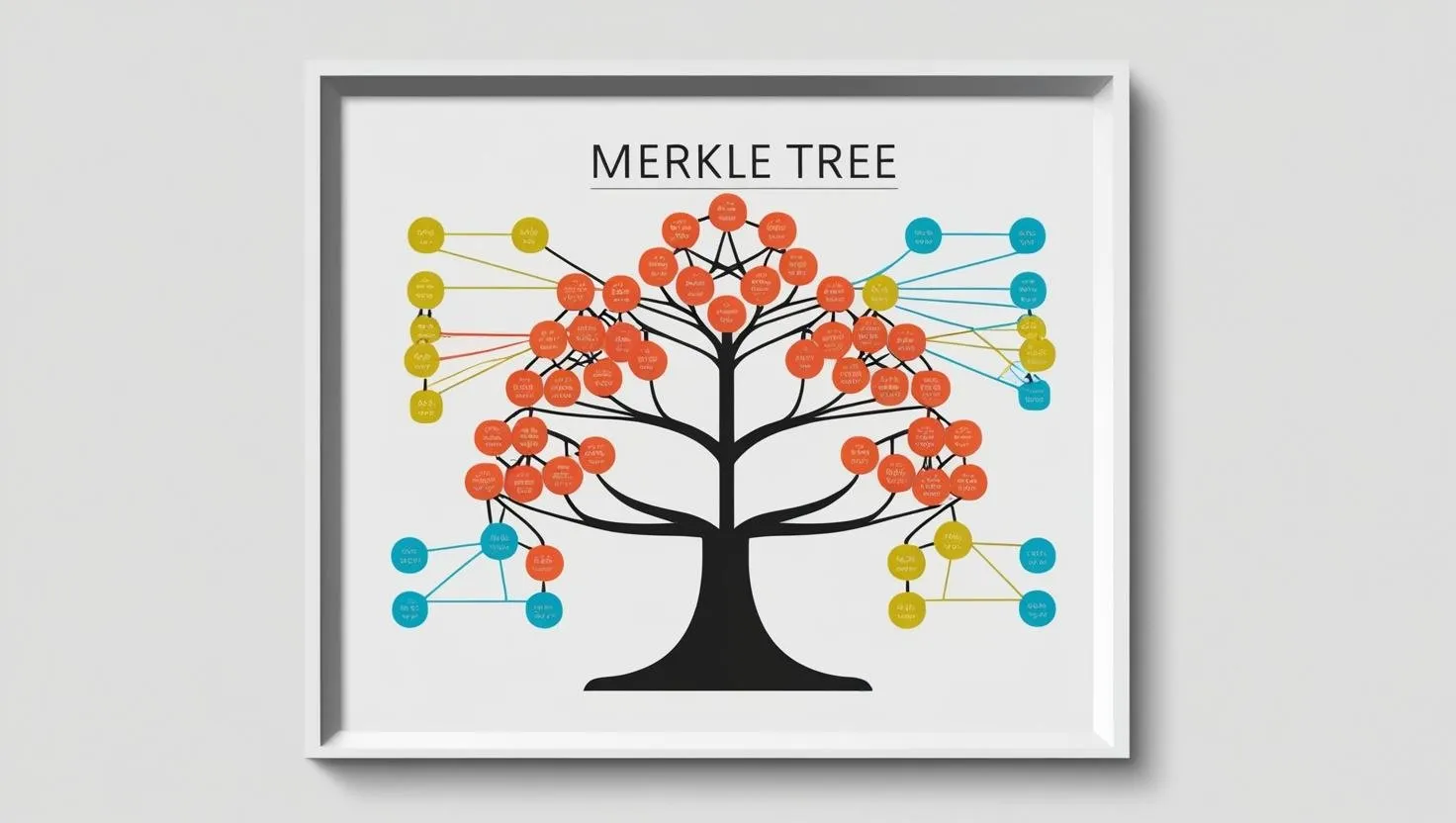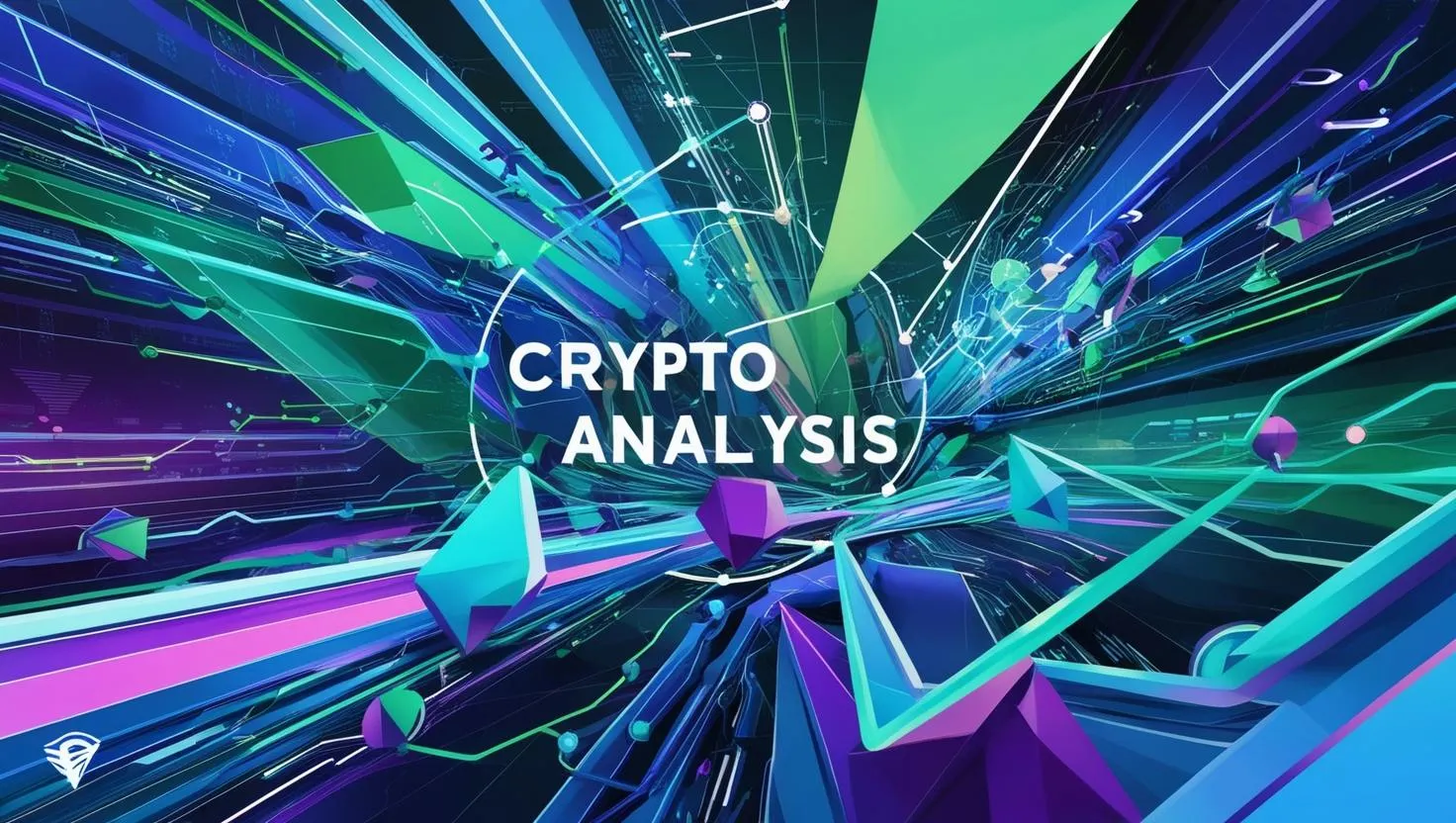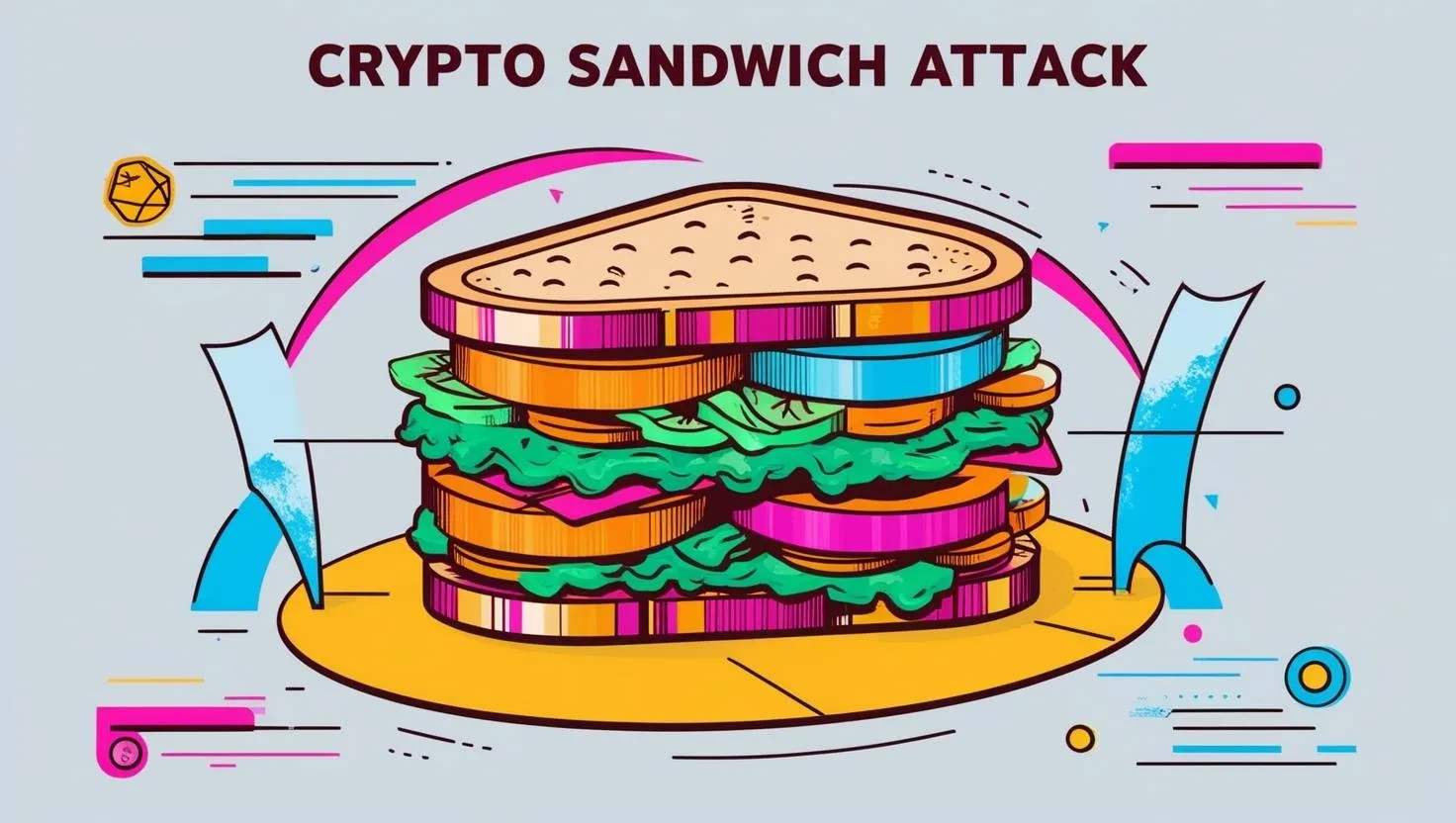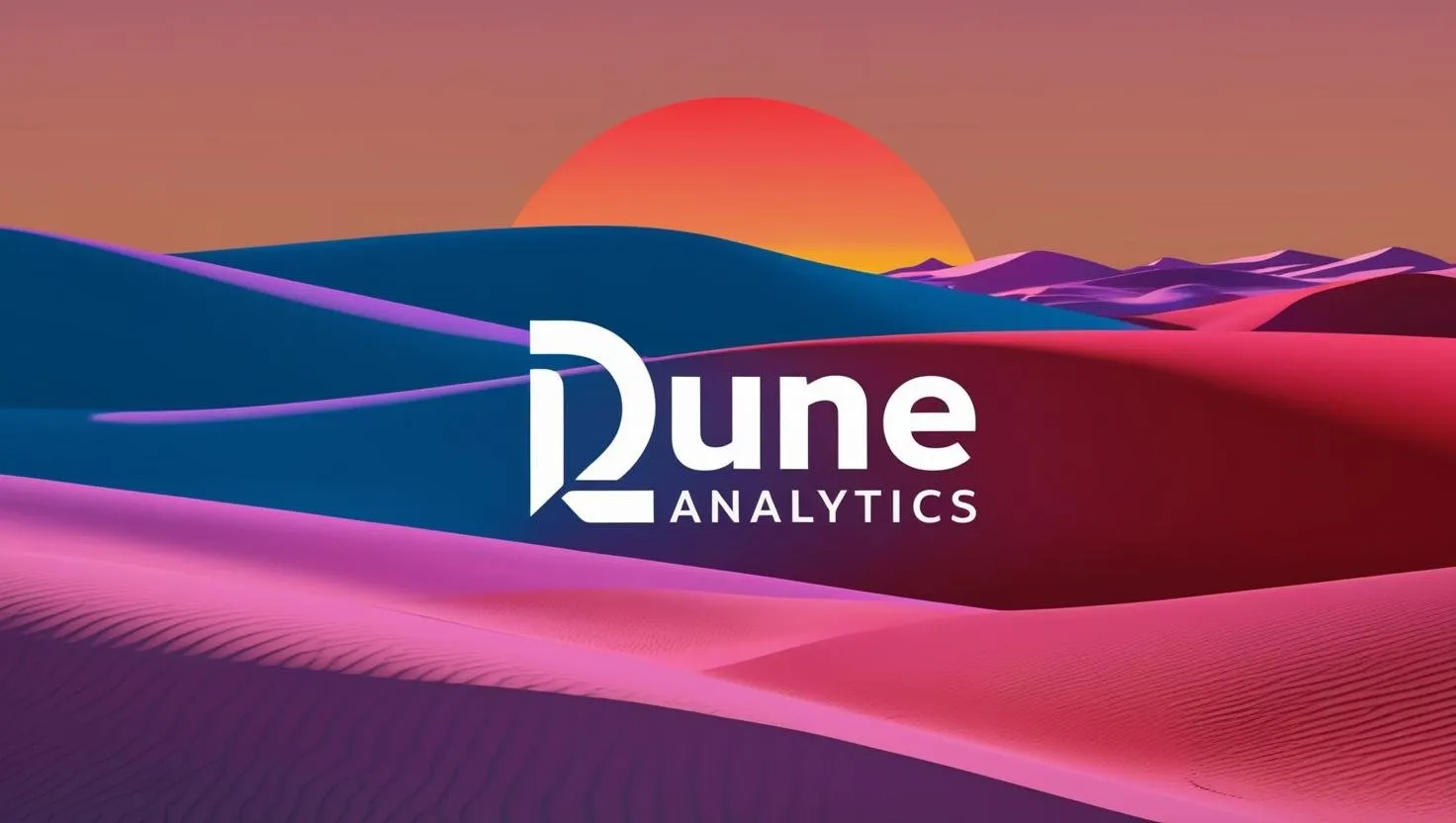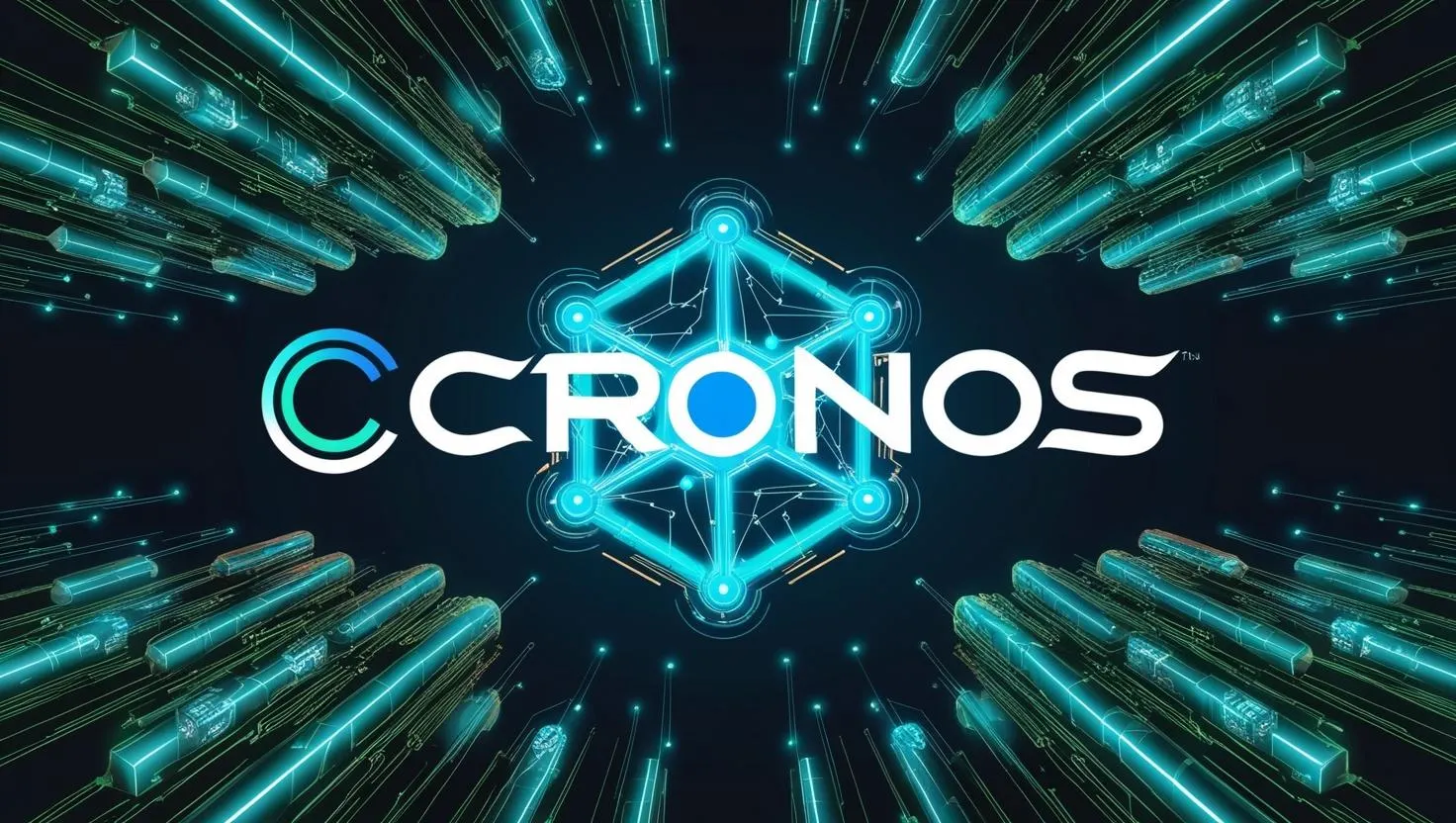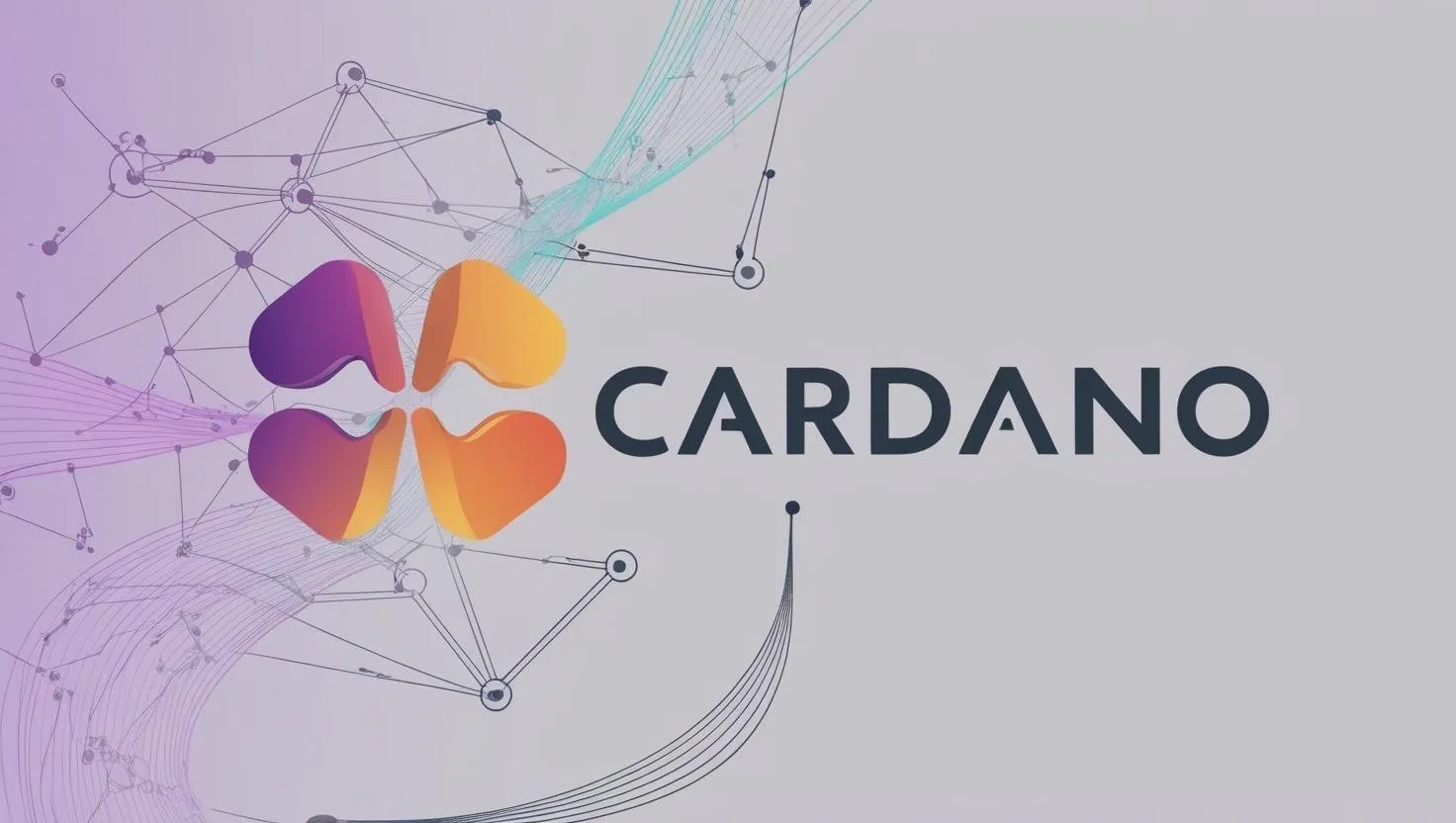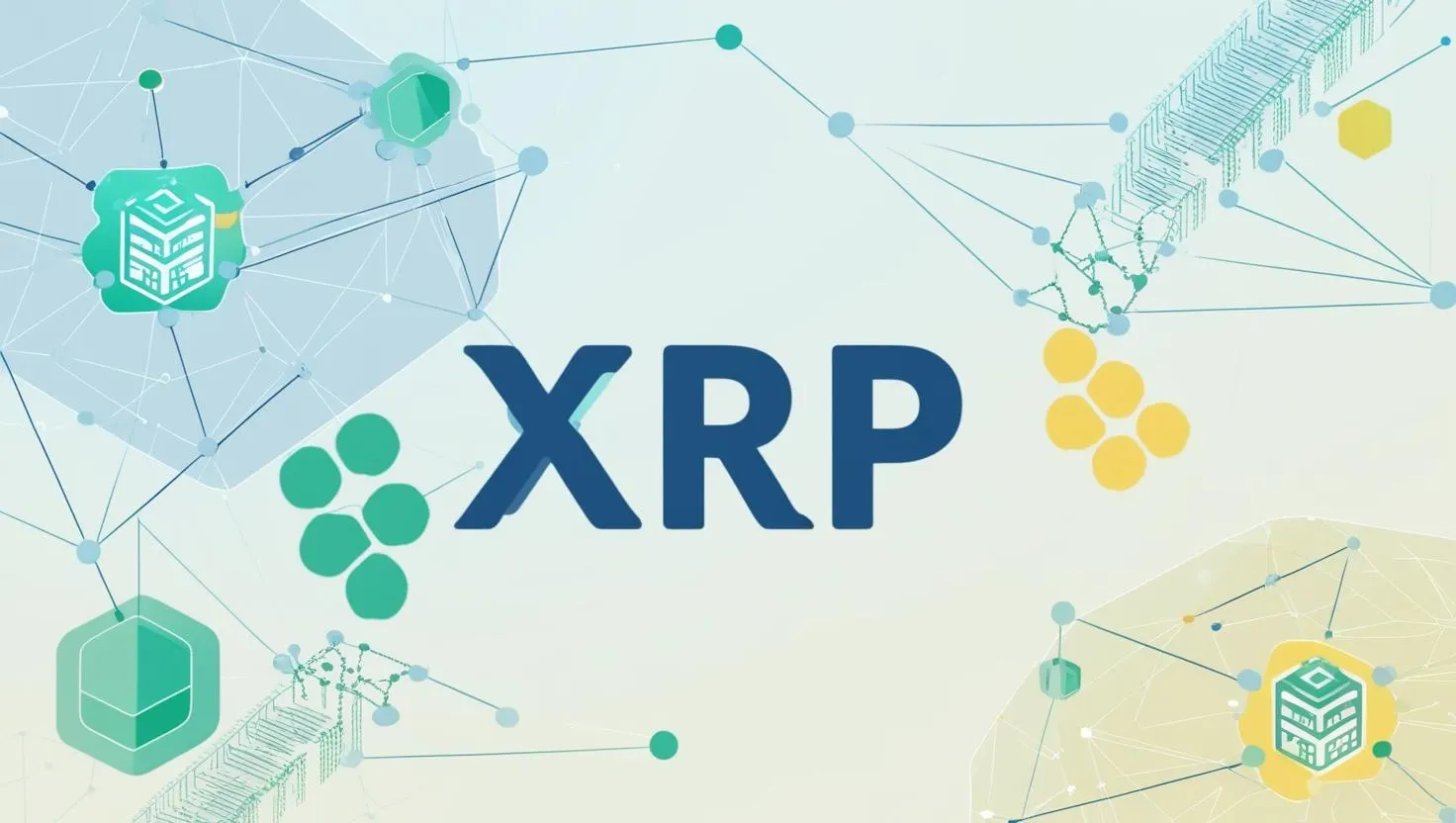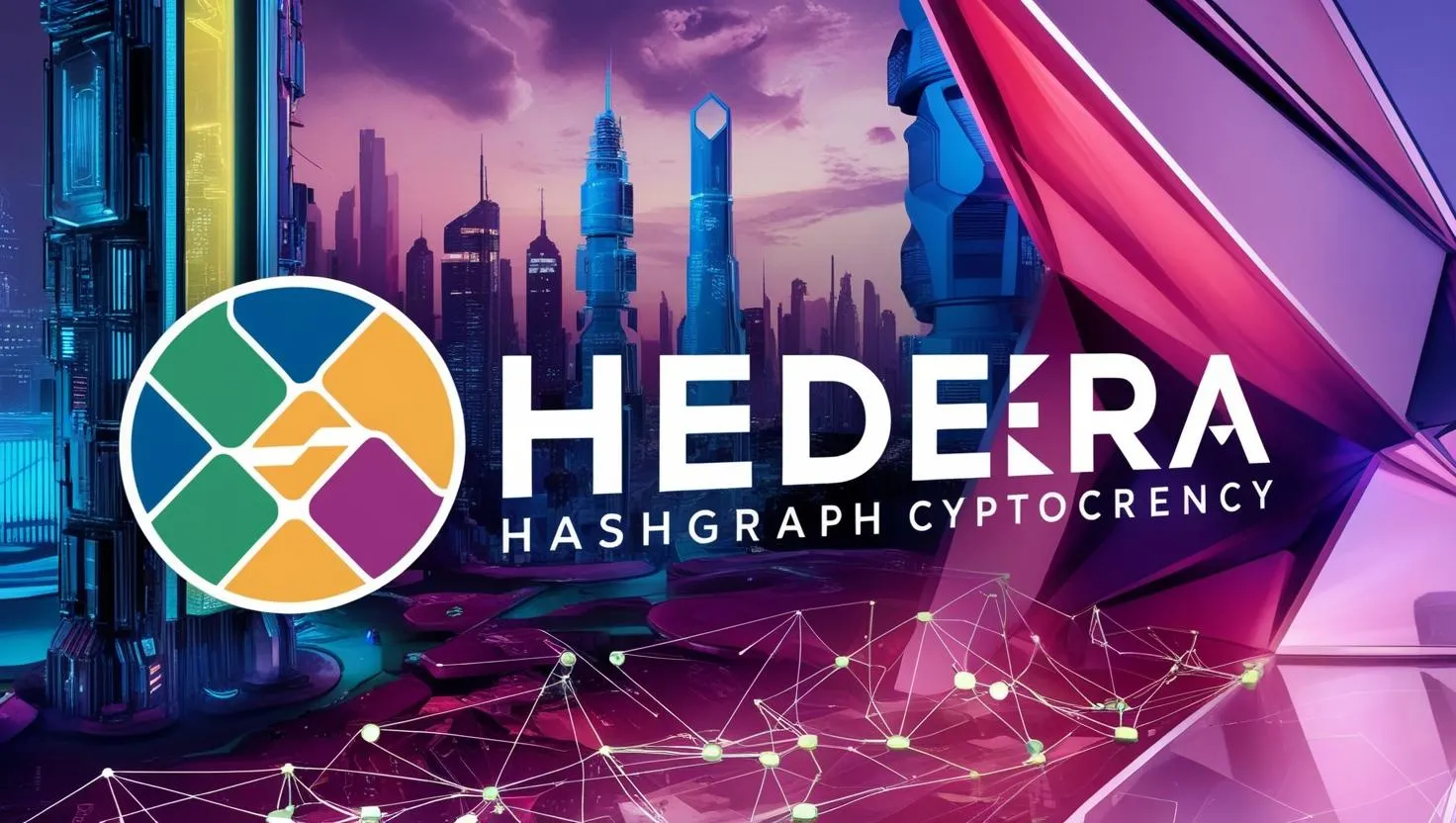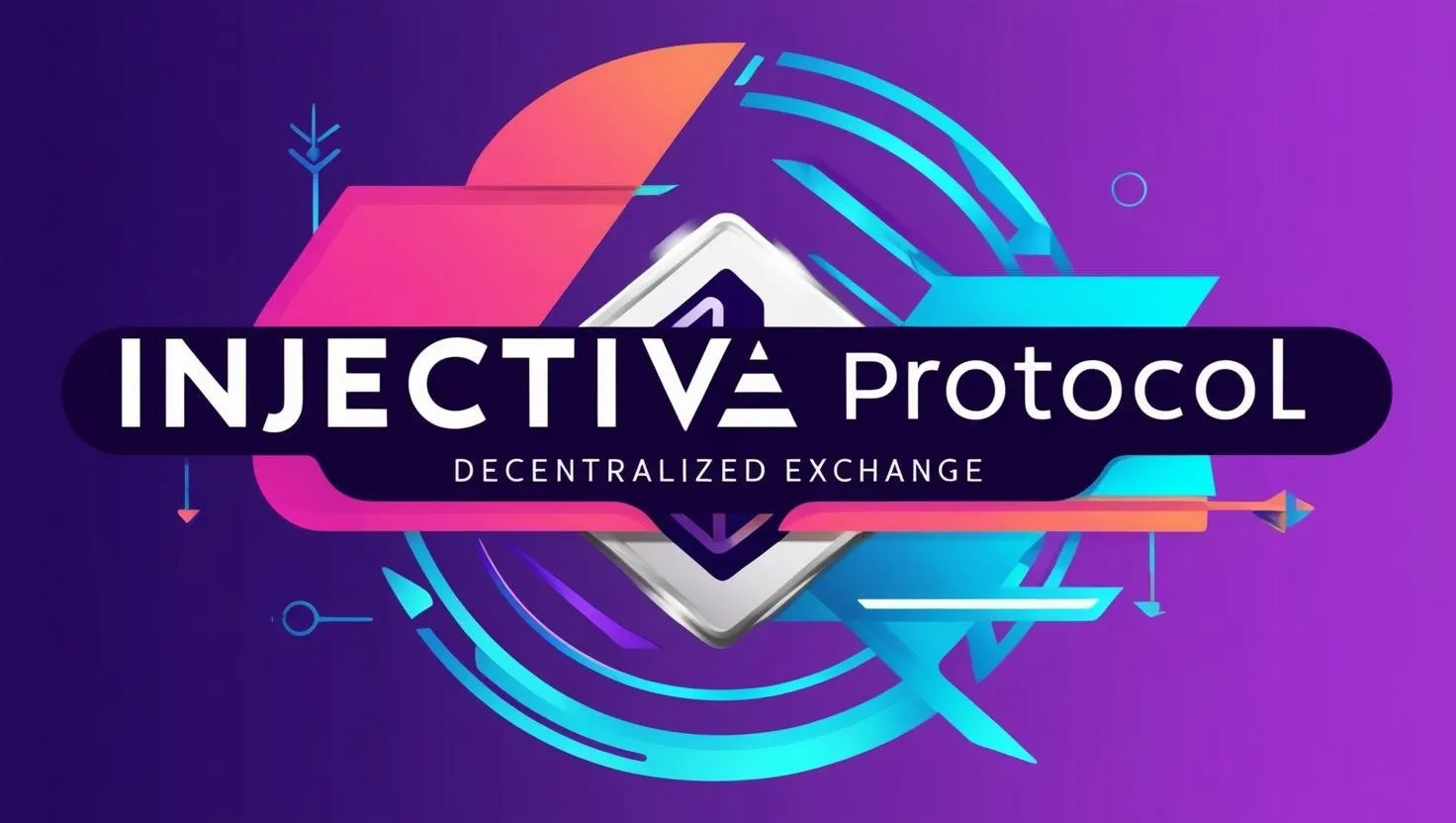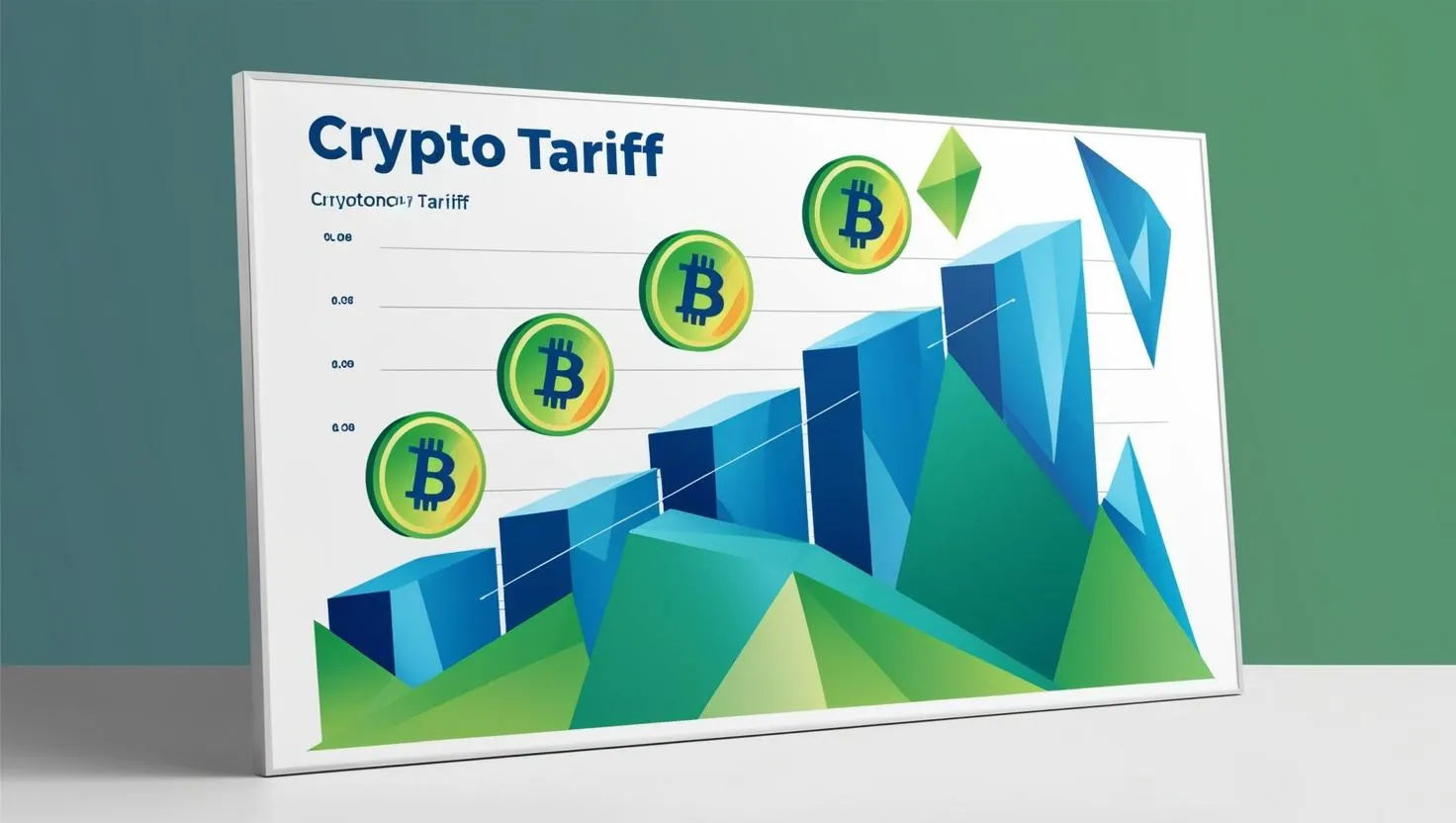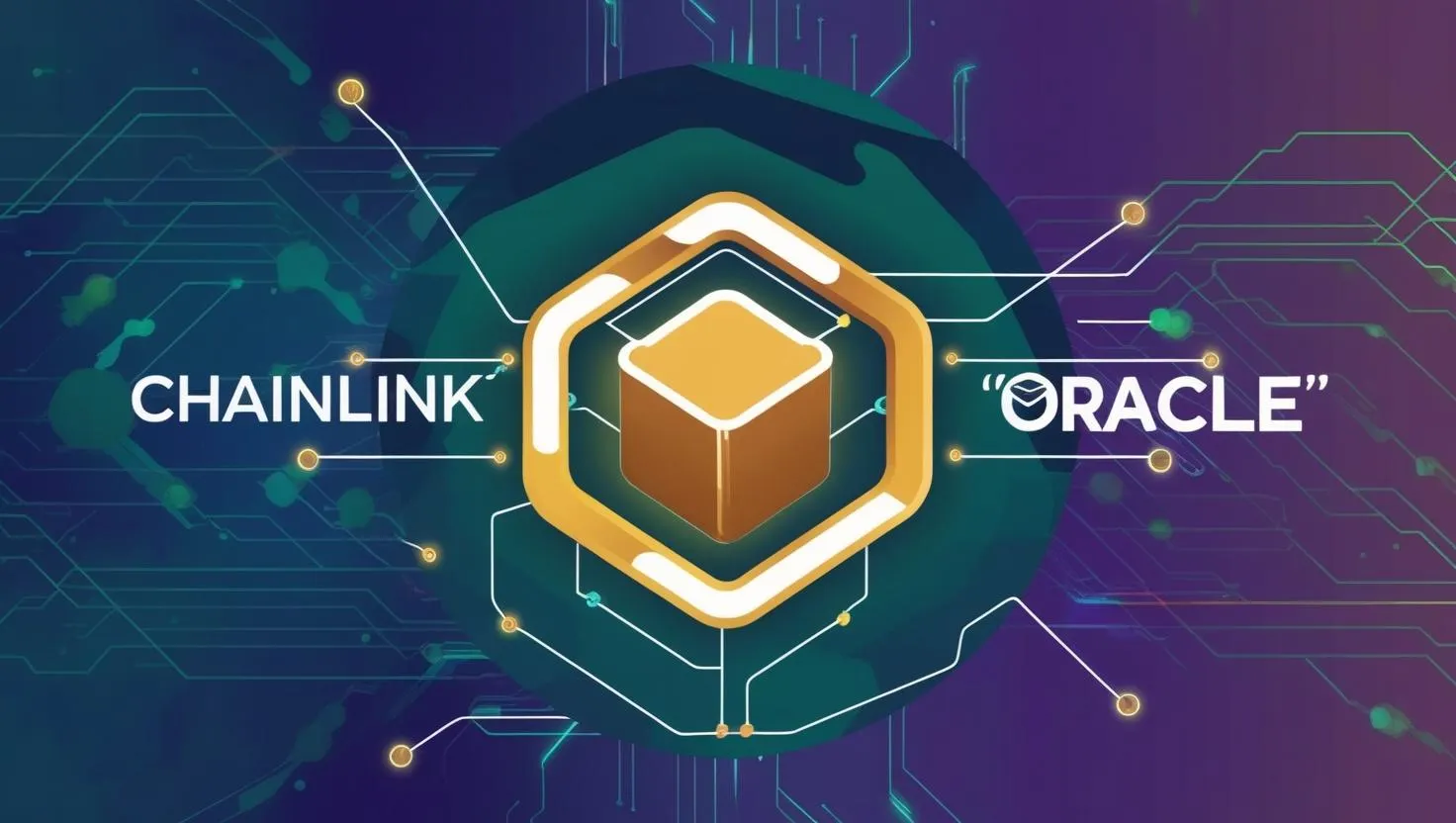Unlocking the Future of Yield: A Deep Dive into Pendle Finance
Pendle Finance is a decentralized finance (DeFi) protocol that revolutionizes how users interact with yield-bearing assets by enabling the tokenization and trading of future yields. Built initially on Ethereum and now expanded to other blockchains like Arbitrum, Optimism, and BNB Chain, Pendle introduces a sophisticated framework that separates the principal (the underlying asset) from its future yield, allowing users to manage, trade, or speculate on yield in ways previously unavailable in DeFi. Below is a detailed explanation of how Pendle Finance works, its key components, features, and value proposition.
Core Concept: Yield Tokenization
At its heart, Pendle Finance addresses a key limitation in traditional DeFi: the unpredictability and inflexibility of yields. In most DeFi protocols, assets like staked ETH (e.g., stETH from Lido) or tokens in lending platforms (e.g., Aave’s aUSDT) generate variable yields that fluctuate based on market conditions, network activity, or staking dynamics.
Pendle solves this by splitting these yield-bearing assets into two distinct, tradable components:
- Principal Token (PT): Represents ownership of the underlying asset. It’s akin to a zero-coupon bond in traditional finance, redeemable for the full value of the underlying asset at a specified maturity date, but it doesn’t accrue yield during its term.
- Yield Token (YT): Represents the future yield generated by the underlying asset until maturity. Once the maturity date passes, the YT expires and becomes worthless, but until then, it entitles the holder to the yield produced by the asset.
This process, called yield tokenization, transforms a single yield-bearing asset into two separate financial instruments that can be traded independently, unlocking new strategies for users.
How It Works: Step-by-Step
Wrapping Assets into Standardized Yield Tokens (SY):
- Users start by depositing a yield-bearing asset (e.g., stETH, aUSDT, or liquid restaking tokens) into Pendle’s smart contracts.
- Pendle wraps this asset into a Standardized Yield Token (SY), a uniform token compatible with Pendle’s ecosystem and its automated market maker (AMM).
Splitting SY into PT and YT:- The SY is then split into PT and YT. For example, if you deposit 1 stETH (staked ETH), you might receive 1 PT-stETH (redeemable for 1 ETH at maturity) and 1 YT-stETH (entitling you to the yield generated by 1 stETH until maturity).
- The maturity date is predefined (e.g., 6 months, 1 year), after which PT can be redeemed for the underlying asset, and YT expires.
Trading on Pendle’s AMM:- Pendle operates a custom-built Automated Market Maker (AMM) designed to handle assets with time decay, such as YT, which loses value as it approaches maturity.
- Users can trade PT and YT on this AMM, enabling strategies like buying PT at a discount for fixed returns or speculating on yield by purchasing YT.
Liquidity Provision:
- Users can also supply liquidity to Pendle’s pools (e.g., pairing SY with PT) to earn trading fees, yield from the underlying asset, and Pendle incentives. The AMM minimizes impermanent loss by aligning the assets’ value correlation and factoring in time decay.
Key Features and Strategies
Pendle’s design enables a range of financial strategies that cater to different risk profiles and goals:
- Fixed Yield: Buy PT at a discount to lock in a predictable return. For example, if 1 PT-stETH costs 0.95 ETH and matures to 1 ETH in 6 months, you secure a fixed ~5.26% return (assuming no fees).
- Speculating on Yield (Long Yield): Purchase YT to bet on rising yields. If you expect stETH’s yield to increase, holding YT lets you capture that upside without owning the principal.
- Hedging Yield Risk: Sell YT to lock in current yield levels and avoid losses from a potential yield drop, keeping the PT for the underlying asset.
- Liquidity Provision: Earn passive income by providing liquidity to Pendle pools, benefiting from fees, underlying yield, and $PENDLE token rewards.
- Advanced Combinations: Traders can mix these strategies, such as longing YT while providing liquidity, to maximize returns.
The Role of $PENDLE Token
$PENDLE is the native token of the Pendle ecosystem, serving two primary functions:
- Incentives: Liquidity providers and users are rewarded with $PENDLE tokens to encourage participation. A portion of trading fees (e.g., 3% of YT yield and 0.15% of AMM swap fees) also goes to the treasury, indirectly supporting the ecosystem.
- Governance: Users can stake $PENDLE to receive vote-escrowed PENDLE (vePENDLE), which grants voting rights on protocol decisions (e.g., fee allocation, new markets) and boosts rewards. The longer the stake (up to 2 years), the more vePENDLE you receive, amplifying your influence and earnings (up to 250% reward boosts).
Unique AMM Design
Unlike traditional AMMs (e.g., Uniswap’s x*y=k formula), Pendle’s AMM is tailored for yield trading:
- Time Decay: It accounts for YT’s decreasing value as maturity nears, ensuring fair pricing.
- Concentrated Liquidity: Liquidity is focused around expected yield ranges, reducing slippage and improving efficiency.
- Minimal Impermanent Loss: Pools pair highly correlated assets (e.g., SY and PT), mitigating IL risks compared to typical DeFi pools.
Real-World Assets (RWA) and Liquid Restaking
Pendle has expanded beyond crypto-native assets:
- Real-World Assets (RWA): In 2023, Pendle integrated assets like MakerDAO’s sDAI (boosted Dai savings) and Flux Finance’s fUSDC, which derive yields from traditional finance sectors (e.g., U.S. Treasury bonds). This bridges TradFi and DeFi, targeting a massive market.
- Liquid Restaking Tokens (LRTs): Pendle supports tokenizing yields from LRTs (e.g., EigenLayer-related tokens), which have driven significant growth. Users can earn staking yield and additional rewards (like EigenLayer points) while trading these yields.
Growth and Adoption
Since its launch in June 2021, Pendle has seen remarkable traction:
- Total Value Locked (TVL): Surged from $230 million to over $6 billion by mid-2024, largely due to LRT products and tokenization trends.
- Trading Volume: Exceeded $18.5 billion, reflecting strong user engagement.
- Backing: Raised $3.7 million in 2021 from investors like Binance Labs, Crypto.com Capital, and Mechanism Capital, with additional funding from Spartan Capital and others.
Security and Risks
Pendle emphasizes security through:
- Audits: Conducted by reputable firms (six audits total), ensuring robust smart contracts.
- Open Source: Code is publicly available on GitHub for community review.
- However, risks remain, including smart contract vulnerabilities (higher than simple staking platforms like Lido), market volatility affecting yields, and regulatory uncertainty in DeFi.
Value Proposition
Pendle Finance brings TradFi-inspired tools—like interest rate derivatives (a $600 trillion market)—to DeFi, offering:
- Yield Control: Users can lock in fixed returns or speculate on variable yields, mitigating volatility.
- Liquidity: Tokenization frees up capital that would otherwise be locked in staking or lending.
- Innovation: It creates a yield derivatives market, expanding DeFi’s financial primitives.
Conclusion
Pendle Finance is a pioneering protocol that transforms yield management in DeFi. By tokenizing and trading future yields, it empowers users with flexibility, risk management tools, and new earning opportunities. Whether you’re a yield farmer seeking stability, a trader betting on market trends, or a liquidity provider chasing rewards, Pendle offers a versatile platform backed by a growing ecosystem and significant industry support. As DeFi matures, Pendle’s innovative approach positions it as a key player in bridging traditional and decentralized finance.





